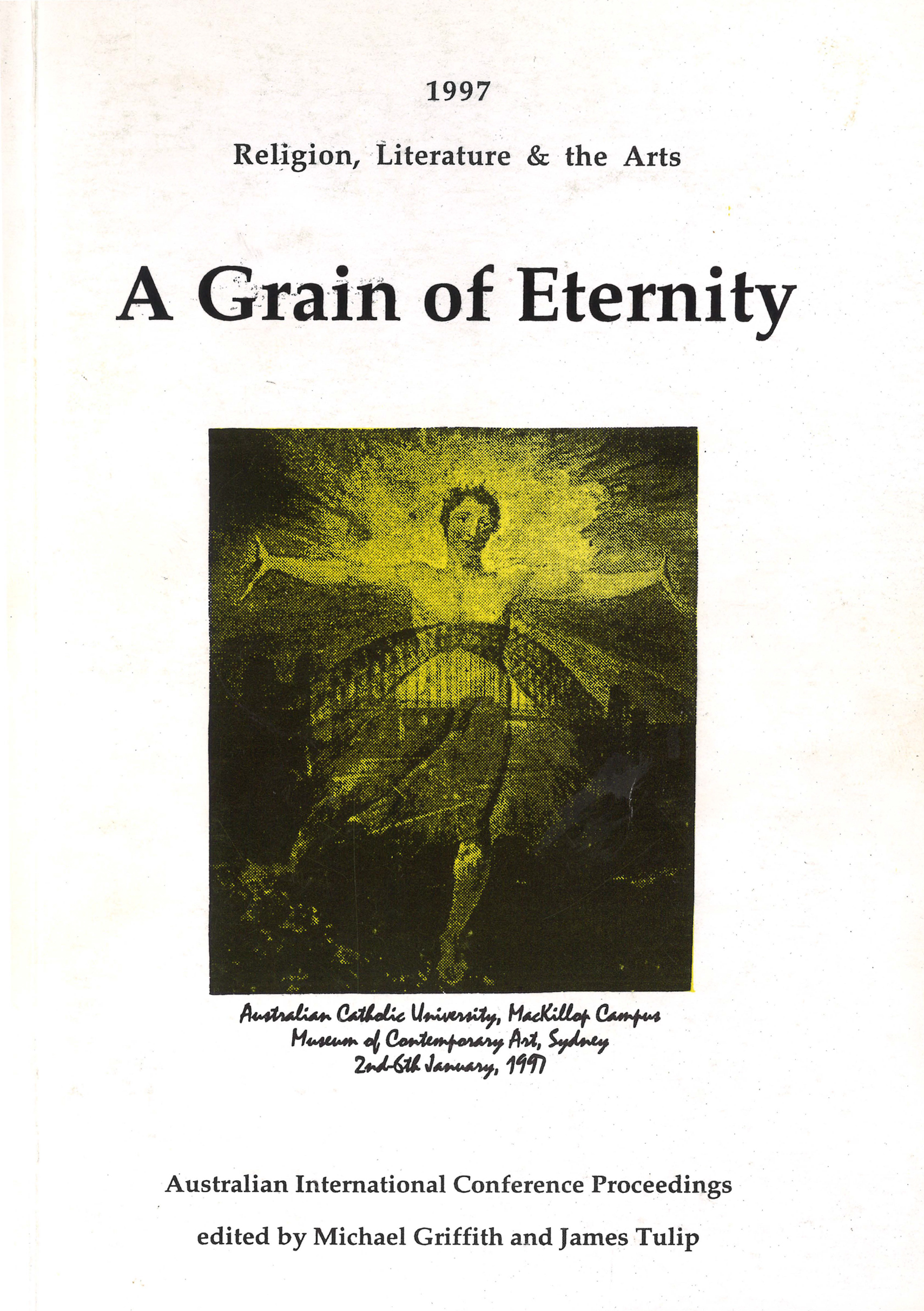Anguish & Christian Poetry
Abstract
In his essay 'True and False Anguish', Paul Ricoeur describes five levels of anguish: fear of death; fear of psychic disintegration; fear that history is meaningless; the anguish of guilt; and fear that God is not good. We must confront each anguish in order to transcend it. However, each transcending leads directly to the next anguish. We can resolve our fear of death by discovering that reasons for living are more important than life itself, and can 'become reasons for dying', but this search for meaning leads to inner conflict. Resolving this psychic anguish through 'communal and personal' work, we become involved in the anguish of history. Accepting that history is a result of our own choices leads to the anguish of guilt, which can be resolved through repentance. Finally, we realise that humanity is not responsible for all evil, and the problem of innocent suffering forces us to ask if the world is ruled by chaos or a malign God. There is no final answer, only a 'timid' hope that is close to despair and anguish. However, as in the case of Job, meditation on suffering can lead to an encounter with the living God. Christianity confronts these five anguishes in the Incarnation and Crucifixion. Christ dies willingly, and restores psychic health, or the image of God; his life and death give meaning to history, and release humanity from guilt. In his dying sense of abandonment, and in his Resurrection, he resolves the fear of God's wickedness or absence. In wrestling with these anguishes, the Christian poet opens himself (so far it is usually himself) to an encounter with God.Downloads
Published
2017-06-21
